Florida isn’t just sunshine and swamps—it’s one of the wildest corners of America, bursting with creatures you won’t find anywhere else. From pink birds that look like they walked out of a watercolor painting to gentle giants drifting through warm springs, the state is teeming with animals that feel like nature’s best-kept secrets. But hidden behind all that beauty are a few species that almost never show their faces. They’re rare, quiet, and slipping through the cracks. So let’s dive into the amazing animals that define Florida—and the mysterious few that are dangerously close to vanishing.
American Alligator
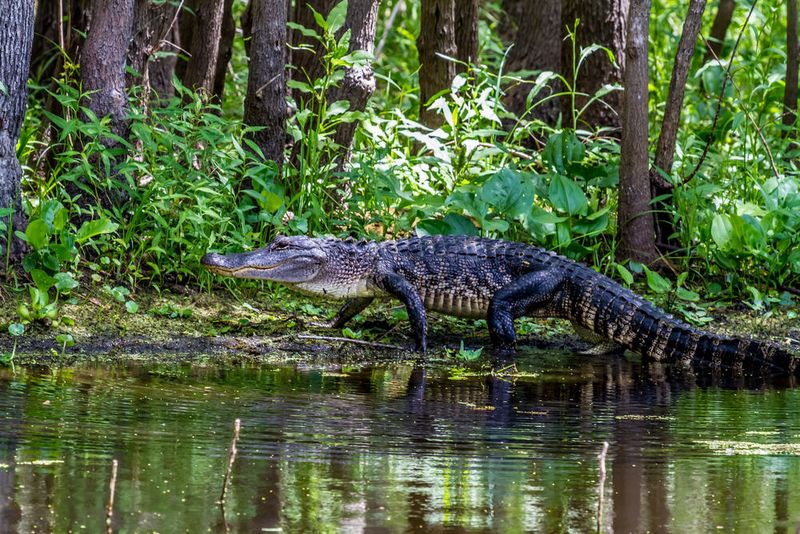
With a commanding presence, the American Alligator reigns as a keystone predator in Florida’s wetlands. Boasting a population of around 1.25 million, these formidable reptiles are integral to their ecosystem. Observing an alligator as it basks in the sun or silently glides through water is a quintessential Florida experience.
These reptiles play a crucial role in maintaining the balance of their habitat by controlling prey populations. Interestingly, alligators are known for their impressive vocalizations, which can be heard during their breeding season.
Search for them in freshwater environments, such as ponds, marshes, and swamps.
Florida Panther
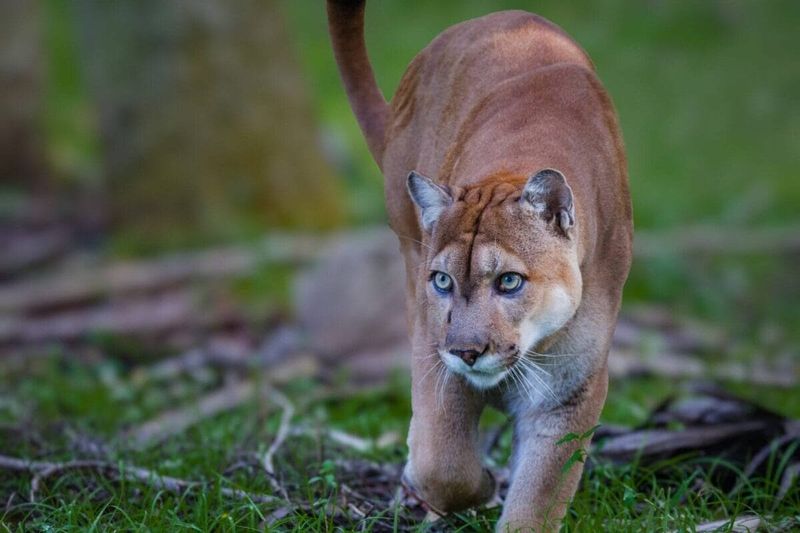
Elusive and majestic, the Florida Panther roams the heart of the Everglades with grace and power. As one of the most endangered mammals in the United States, only about 200 individuals remain. These big cats are emblematic of Florida’s wild spirit.
Panthers require vast territories for hunting, making habitat loss their greatest threat. Despite their rarity, conservation efforts continue to provide hope for their survival. Spotting one is a rare delight, a testament to Florida’s conservation success.
Their presence is crucial for ecosystem balance, controlling deer and hog populations.
Florida Black Bear
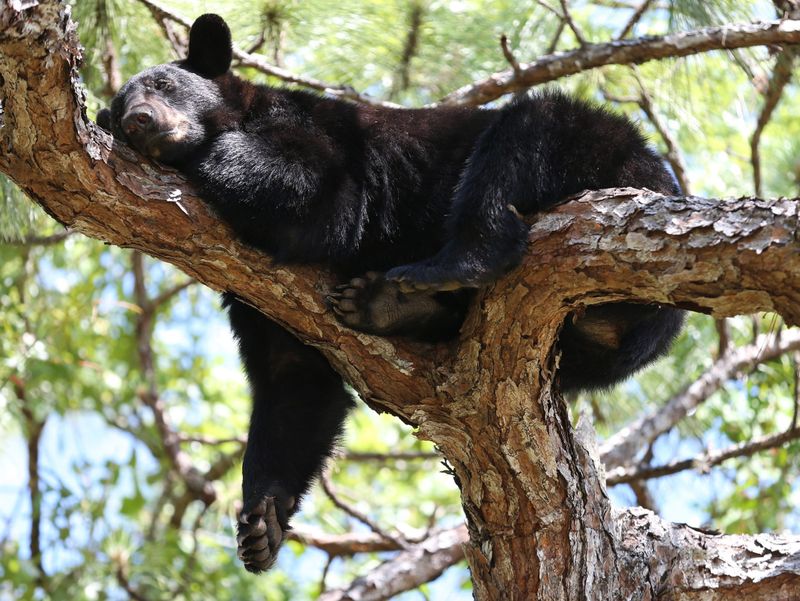
In the dense forests of Florida, the Florida Black Bear thrives as the state’s only native bear species. Numbering over 4,000, these bears are an integral part of the ecosystem, contributing to seed dispersal and forest regeneration.
Their adaptability allows them to inhabit various habitats, from swamps to upland forests. Though formidable in size, Florida Black Bears are typically shy and avoid human contact.
Their gentle curiosity leads them to explore their surroundings, making them fascinating to observe in their natural habitat.
Key Deer
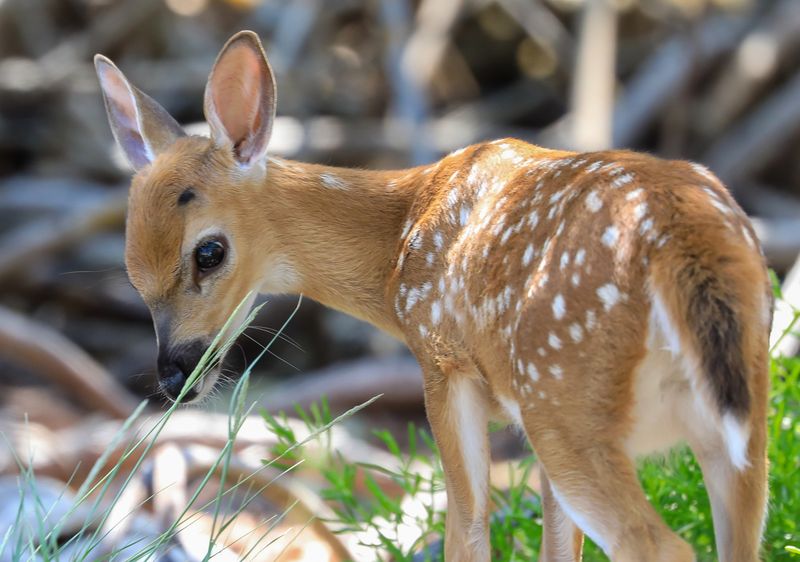
Tiny yet resilient, the Key Deer is a charming subspecies found only in the Florida Keys. These miniature deer are adapted to their unique island environment and are known for their diminutive size.
Once on the brink of extinction, conservation efforts have helped stabilize their population. Recognizable by their small stature and gentle demeanor, they roam freely, often seen near roads and in backyards.
The Key Deer serves as a reminder of the fragility and resilience of island ecosystems. Their survival is a conservation triumph.
Florida Scrub-Jay
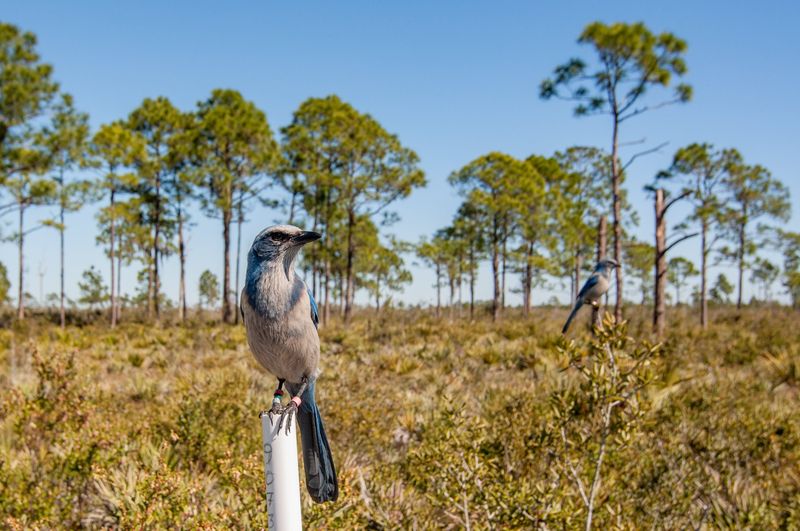
The Florida Scrub-Jay, with its striking blue plumage, is a sight to behold in the state’s scrub habitats. This bird’s charismatic nature and intelligence make it a favorite among birdwatchers.
Exclusive to Florida, the scrub-jay’s population is estimated at around 4,000. It thrives in sandy, open scrub areas, which are unfortunately dwindling due to development. Conservation efforts focus on preserving these habitats.
Known for its social behavior, the scrub-jay often works in family groups to protect its territory and search for food.
Gopher Tortoise
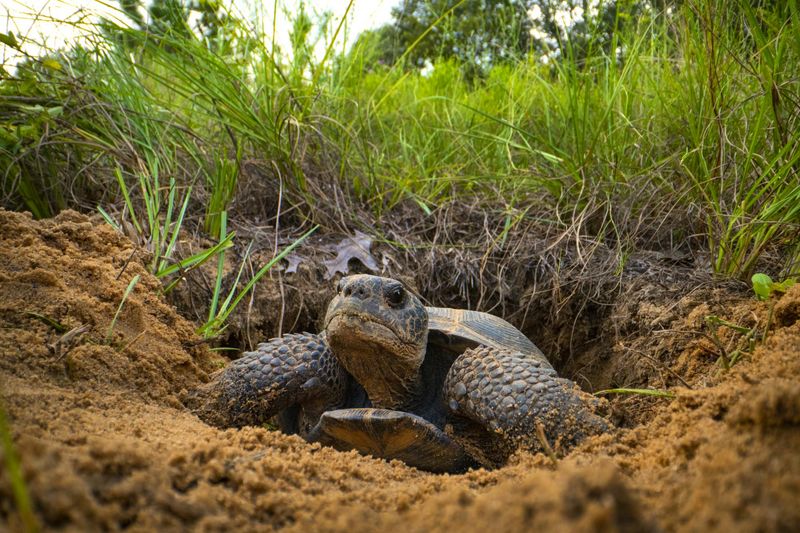
Slow and steady, the Gopher Tortoise digs burrows that provide shelter for over 350 other species. These ancient reptiles are vital to Florida’s ecosystem.
Recognizable by their domed shells and elephantine legs, gopher tortoises inhabit sandy areas where they forage for low-growing plants. Their burrows offer protection from predators and extreme weather.
Despite their resilience, habitat loss poses a significant threat. Conservation efforts aim to preserve their habitats and ensure the survival of this keystone species.
Manatee
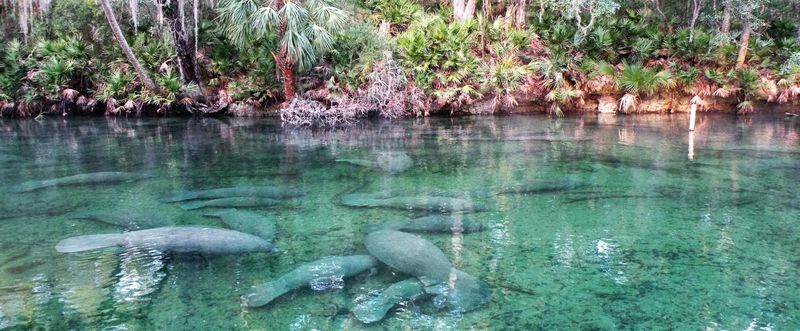
Known as the ‘sea cow,’ the Manatee is a cherished symbol of Florida’s waterways. These gentle giants are often spotted in warm springs and coastal waters, where they graze on seagrass.
With their paddle-like flippers and whiskered snouts, manatees are uniquely adapted to their aquatic environments. They are slow-moving and docile, making them beloved by locals and tourists alike.
Manatees face threats from boat collisions and habitat loss, but conservation efforts are ongoing to protect these endearing creatures.
Bottlenose Dolphin
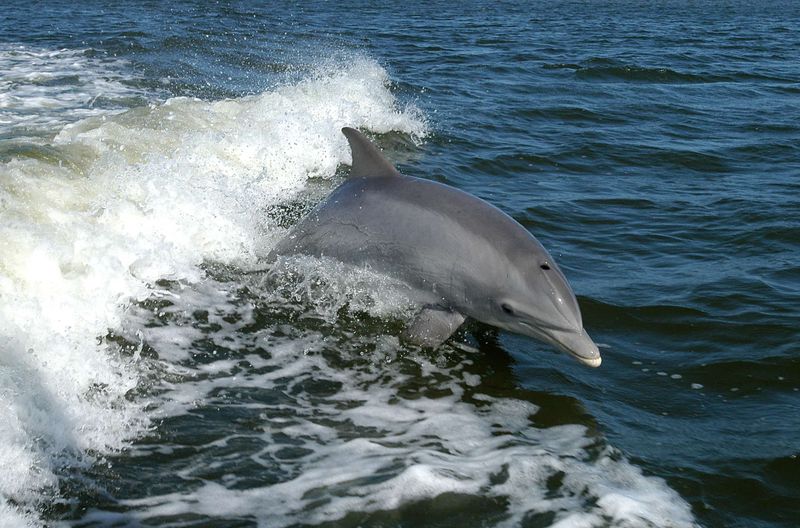
Vibrant and acrobatic, the Bottlenose Dolphin is a familiar sight along Florida’s coastlines. These intelligent marine mammals are known for their playful nature and complex social structures.
Bottlenose dolphins are often seen riding the waves and leaping gracefully from the water, delighting observers with their antics. Their whistles and clicks are part of a sophisticated communication system.
Their presence is a testament to the rich biodiversity of Florida’s marine environments, thriving in both the Atlantic Ocean and the Gulf of Mexico.
Roseate Spoonbill
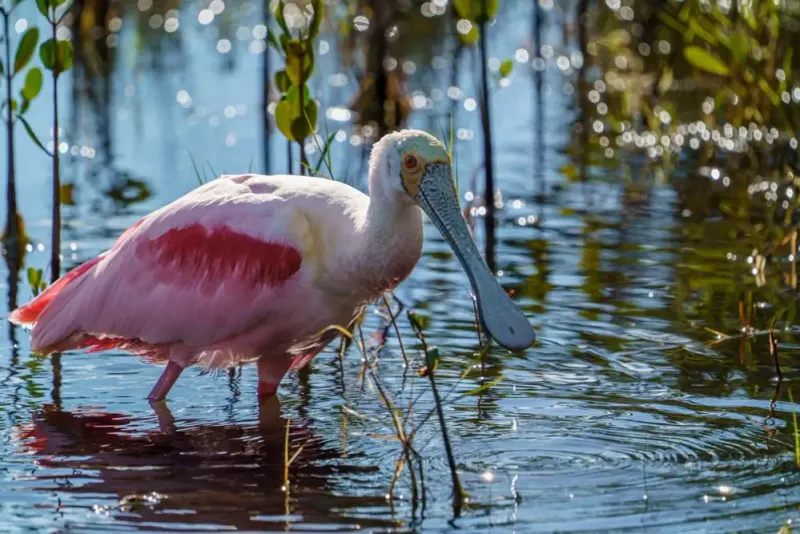
With its vivid pink plumage and distinct spatula-shaped bill, the Roseate Spoonbill is a striking inhabitant of Florida’s wetlands. This wading bird was once hunted for its feathers, but conservation efforts have bolstered its populations.
Spoonbills feed by sweeping their bills through the water, sifting for small fish and crustaceans. Their feeding behavior creates a picturesque dance in the shallows.
They serve as a reminder of Florida’s rich avian diversity and the ongoing efforts to protect these unique habitats.
Eastern Diamondback Rattlesnake
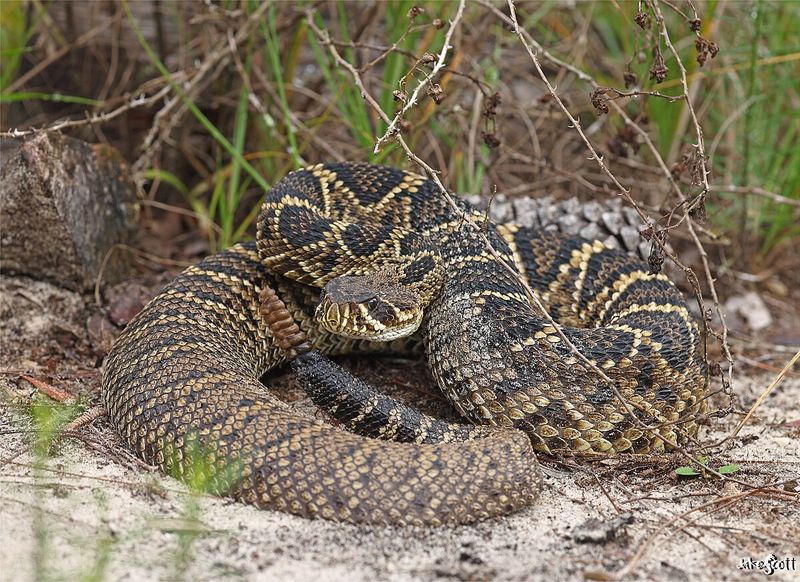
Lurking quietly in the underbrush, the Eastern Diamondback Rattlesnake is North America’s largest venomous snake. With its distinctive diamond pattern, it blends seamlessly into its surroundings.
These snakes play a crucial role in controlling rodent populations, maintaining balance in their ecosystems. Despite their reputation, they prefer to avoid human contact and will only strike when threatened.
Their presence is a reminder of the wild, untamed nature of Florida’s wilderness areas, where they thrive in pine forests and coastal scrub.
Florida Grasshopper Sparrow
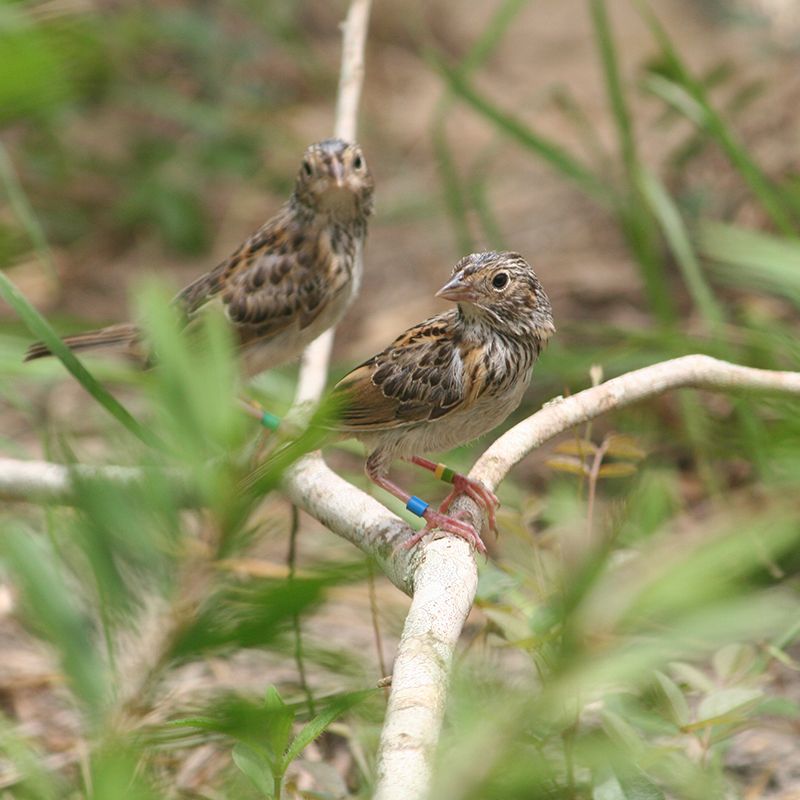
One of the world’s rarest birds, the Florida Grasshopper Sparrow is teetering on the brink of extinction with fewer than 120 individuals remaining. These tiny birds are found in the dry prairies of Florida and are known for their insect-like songs.
Conservation efforts are critical to their survival, focusing on habitat restoration and captive breeding programs. Despite their rarity, these sparrows are tenacious, adapting to changes in their environment.
Their plight highlights the urgent need for conservation actions to preserve Florida’s unique avian diversity.
Key Largo Woodrat
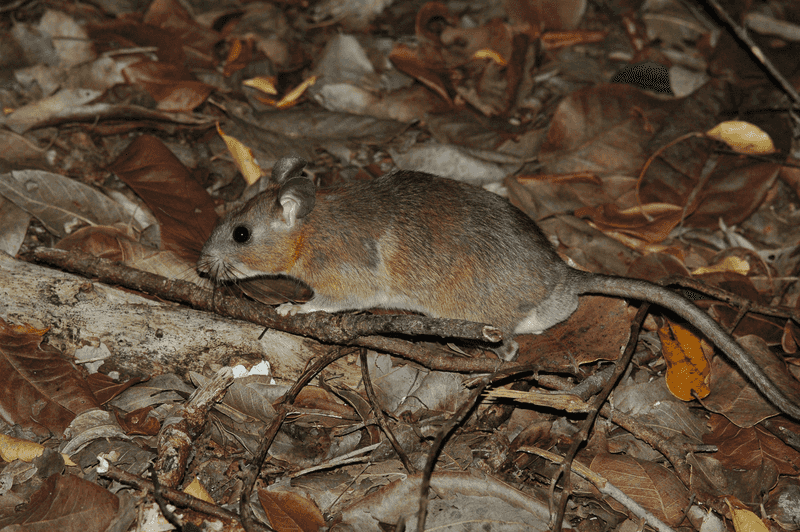
The elusive Key Largo Woodrat is confined to a few square miles of habitat in the Florida Keys. This critically endangered rodent is an integral part of its ecosystem, aiding in seed dispersion and plant propagation.
Habitat loss due to development poses a significant threat to its survival. Conservation programs aim to protect the remaining populations and preserve their habitats.
Despite its elusive nature, the woodrat is a vital component of the natural environment, showcasing the delicate balance of the Florida Keys.
American Crocodile
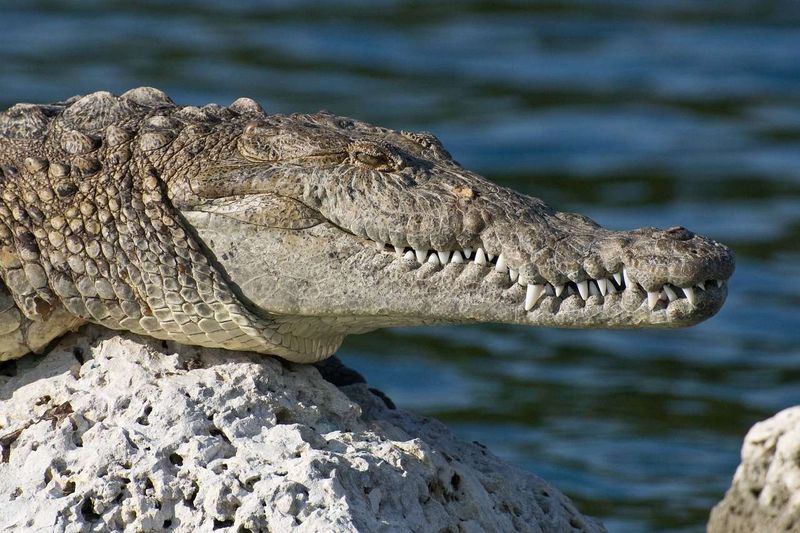
Less common than its alligator cousins, the American Crocodile is mostly found in southern Florida. These reptiles prefer brackish waters and are known for their shy demeanor.
Unlike alligators, crocodiles have a more elongated snout and are lighter in color. They play a critical role in their ecosystems, controlling fish populations and maintaining healthy waterways.
Conservation efforts focus on protecting their habitats and ensuring their continued survival in the wild.
Gopher Frog
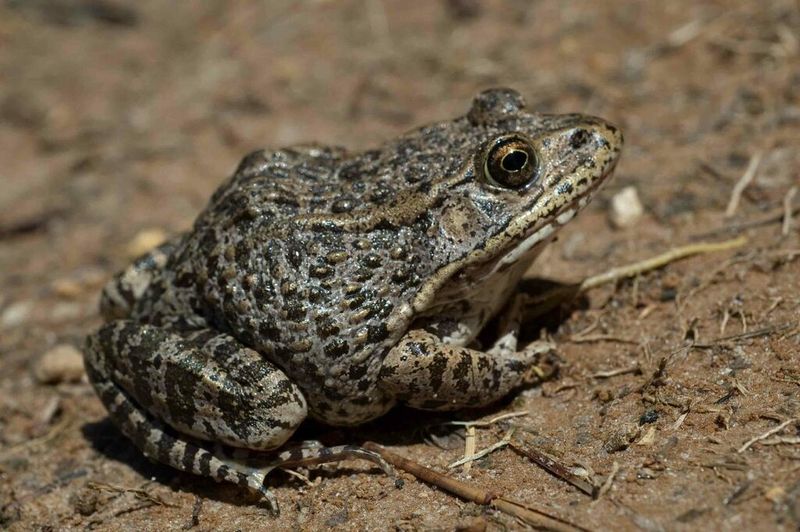
Dependent on sandhill habitats, the Gopher Frog is a vulnerable species found in Florida. This shy amphibian relies on the burrows of gopher tortoises for shelter.
Their presence indicates a healthy ecosystem, as they require clean water and undisturbed land. Conservation efforts focus on preserving their habitats and addressing threats from development.
Their elusive nature makes them difficult to spot, but their role in the ecosystem is invaluable, contributing to insect control and soil health.
Great White Heron
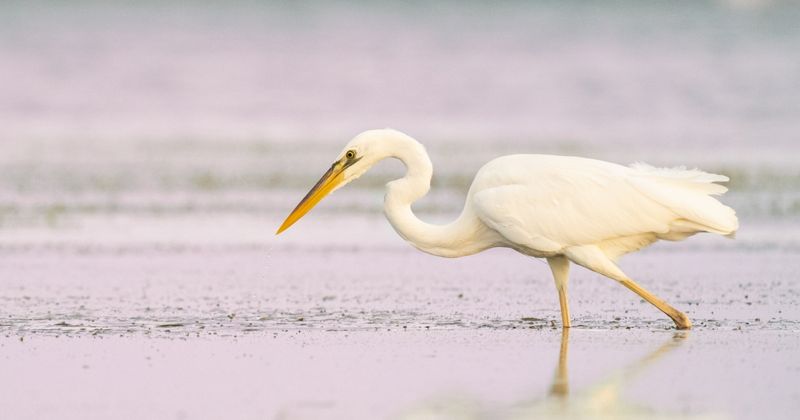
A rare and elegant sight, the Great White Heron is a subspecies seen only in South Florida and the Keys. Known for its striking white plumage, this heron is larger than its more common cousin, the Great Blue Heron.
Its presence in the mangroves and tidal flats is a testament to the region’s rich avian diversity. They hunt quietly in shallow waters, showcasing their patience and grace.
Efforts to preserve their habitats are essential to maintain the delicate balance of Florida’s unique ecosystems.

